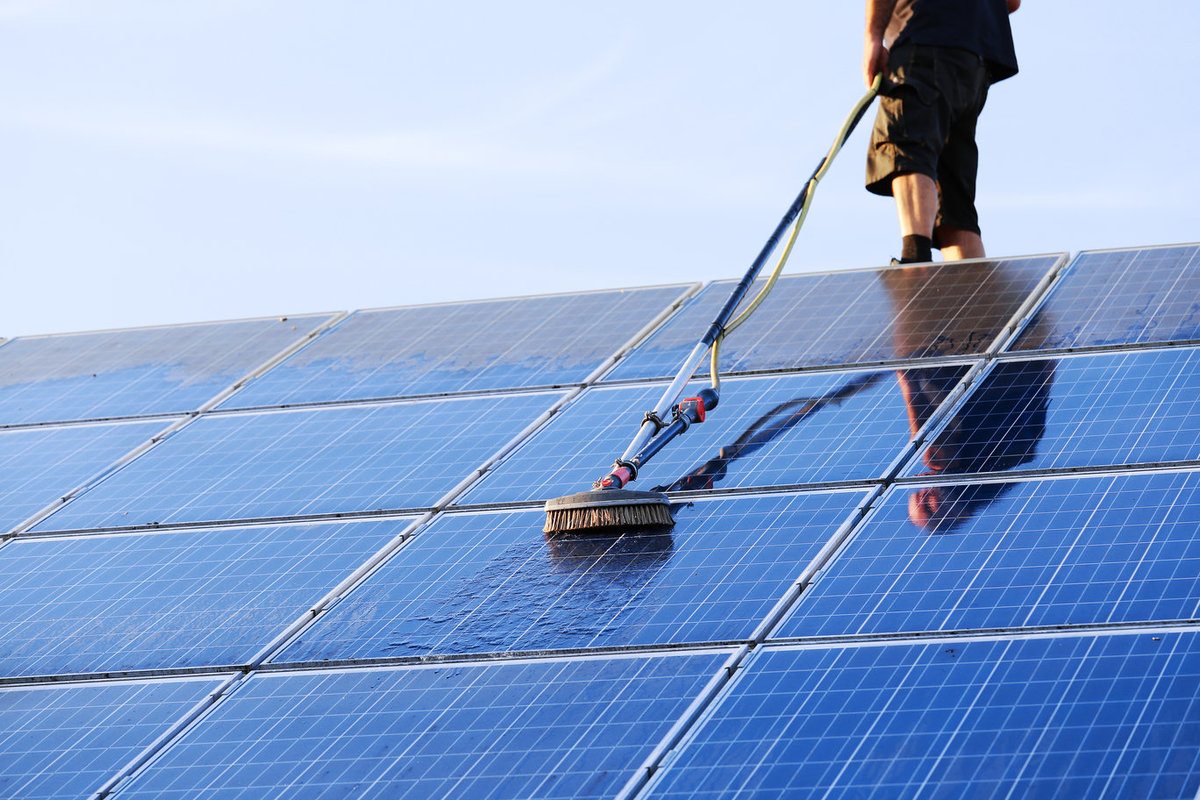Most glycol will break down and become acid needing immediate replacement if those temperatures are reached.
Glycol replacement in solar panels.
Solar glycol such as prosoltm l ht is rated to 425 f with short periods of up to 475f.
A solar collector mounted on the roof absorbs energy from the sun and transfers it to a medium usually a water glycol mixture which is then pumped to a coil in a tank where it heats up the water.
It s non toxic biodegradable and relatively stable.
Antifreeze fluids degrade over time and normally should be changed every 3 5 years.
However you should always mix as much water as possible with your choice of glycol product as simple water is the ideal solar fluid.
The antifreeze is normally non toxic propylene glycol as opposed to toxic ethylene glycol.
Sentinel r100 solar thermal fluid is glycol based and designed for use in solar heating equipment operating up to 200 c.
The renewable green alternative to ethylene or propylene glycol has a slower thermal degradation rate than both ethylene glycol and propylene glycol and outperforms propylene glycol s viscosity at lower temperatures.
It is vital that you consult the chart to avoid mixing too little or too much glycol into your system too little will risk consequences in cold weather too much will reduce the mix s efficiency.
During static conditions the solar collectors should be completely empty so that the thermal fluid is not exposed to extreme temperatures.
Air in the loop can cause pump.
Most solar thermal systems use antifreeze as the liquid to transport heat from the solar panel to the cylinder.
For solar thermal applications mixtures based on propylene glycol or the green glycol are recommended.
The other factor specific to solar glycol is is ability to completely vaporize or steam when stagnation temperatures are present.
An antifreeze change may be required for your solar system.
When commissioning a pressurized glycol solar hot water system it is essential that all the air in the solar loop is removed.
All glycol products used in solar fluid mixes come with a dilution chart an example of which is shown below.
However there are a few drain back systems that only use water.
This is not always the case we will test the condition of your system before we do.

